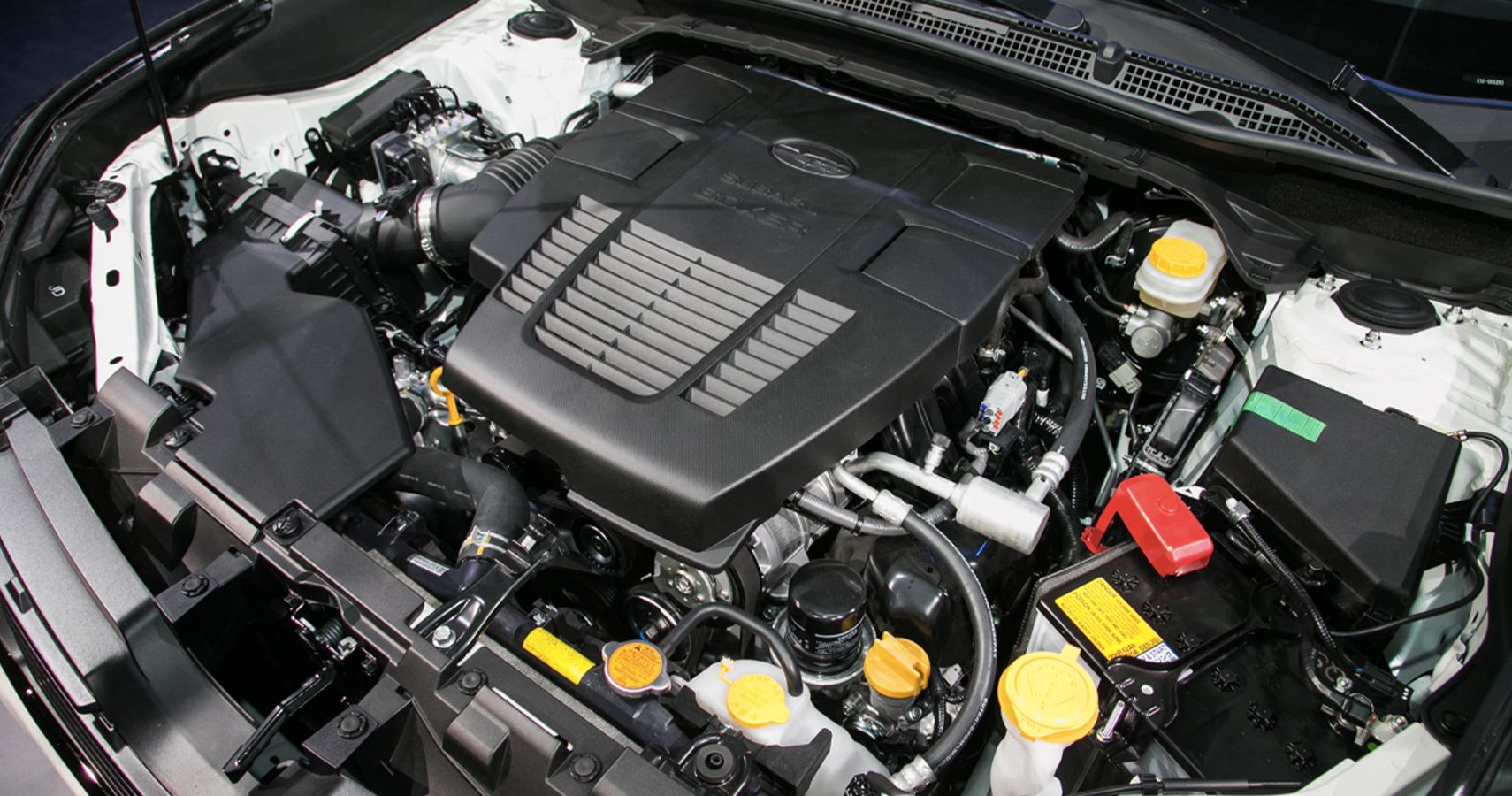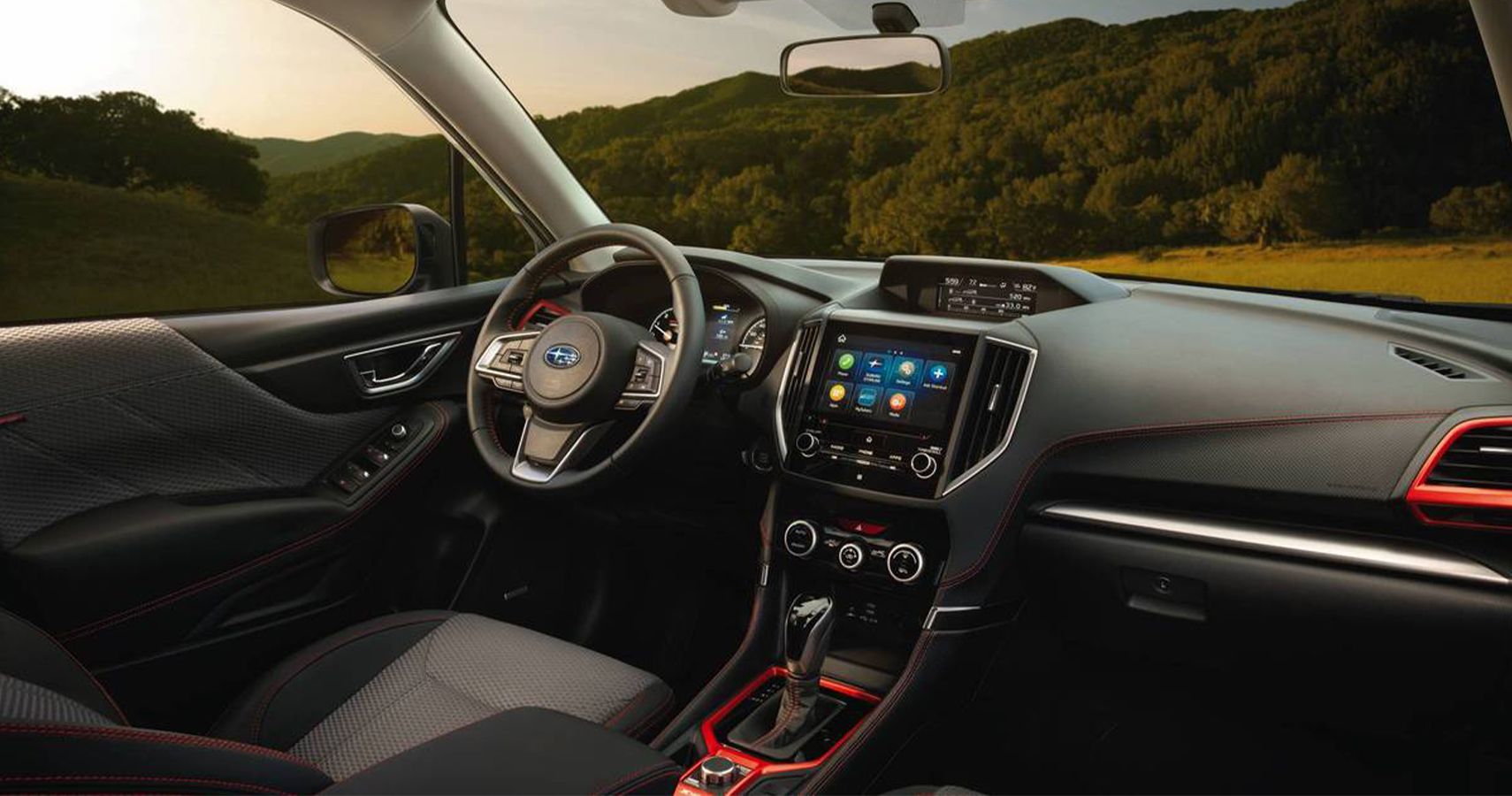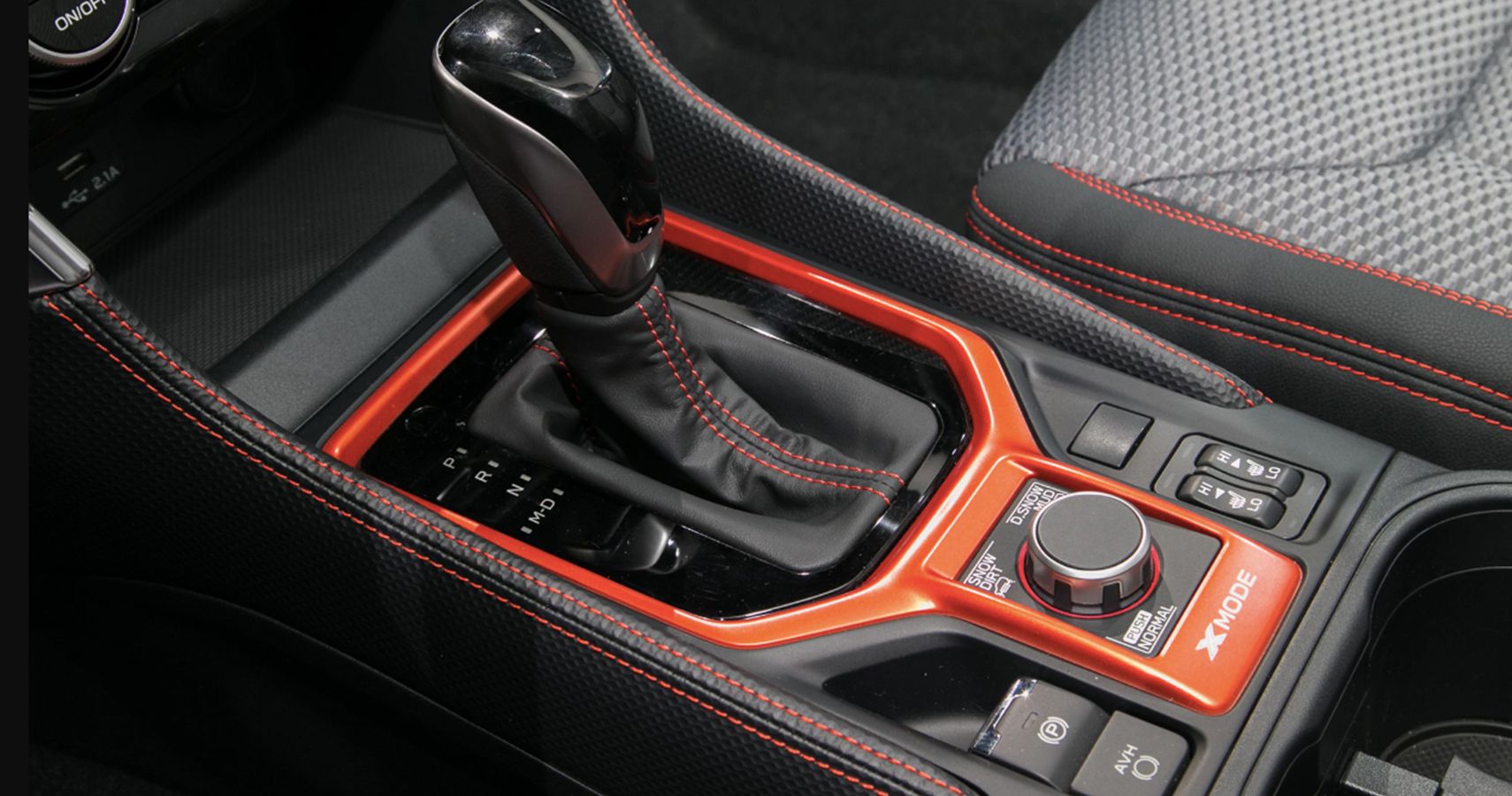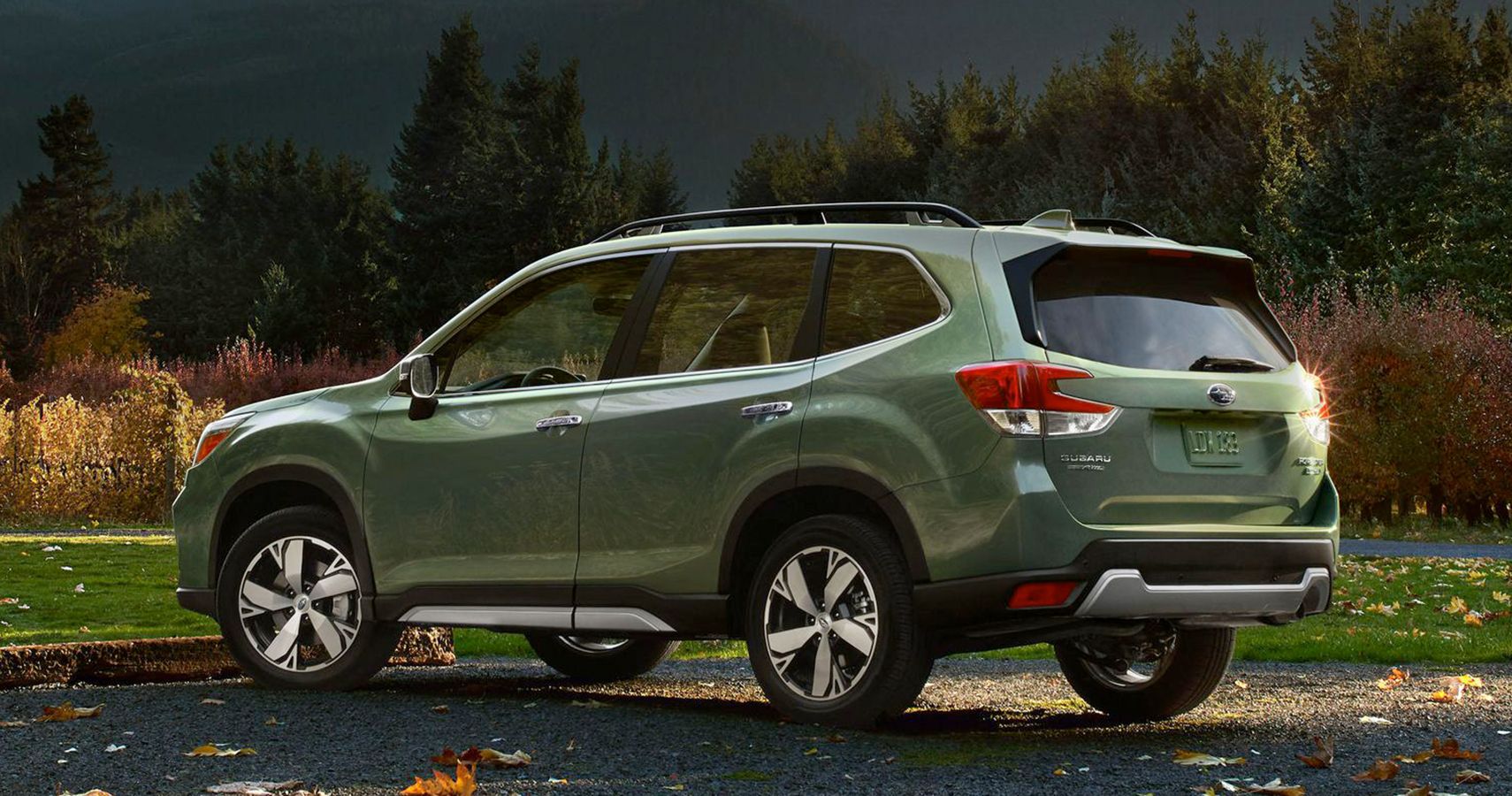The 2019 model year marks the debut of the Subaru Forester's fifth official generation, and although things remain largely the same on the outside, under the skin is a toned-down commuter SUV with plenty of tech and comfort for any price point.
Exterior Styling
Subaru hasn't changed a whole lot for the Forester's new geneartion. Overall, the exterior is, perhaps, slightly smoother—a nod to the sleeker designs most other manufacturers opt for on their products these days. Anyone who hasn't spent time memorizing the minutest of features on the Forester's exterior won't be able to point out a noticeable difference in either the entire design or in the smaller details.
And yet, as with so many sedans, crossovers, and SUVs, the Forester has grown, if only slightly. After all, it can't very well get smaller, or owners moving up to the new model year will feel cramped. But still, the Forester's exterior specs have changed by less than one inch of length and less than one inch of width. Air inlets have a bit more bite, the grille's techy designs ratchets up a notch, and the wheel choices have received an upgrade in their throwing star styling.
RELATED: CHECK OUT THIS ARMORED JEEP GRAND CHEROKEE USED BY ITALIAN POLICE
Drivetrain & Mechanicals
Under the hood of the Forester is where Subaru has made the most significant updates for the 2019 model year. The Japanese manufacturer has, throughout its lineup, always tried to retain the rugged, authentic experience that their product naming suggests: Outback, Forester, and Ascent have all come with manual transmissions because, presumably, their owners are more than willing to travel off the beaten path and explore a bit of creeping along dirt trails.
Not so with the Subarus of the future. While the WRX and STI will almost certainly keep their stick shift for a while, the other vehicles are slowly phasing them out—the Crosstrek, which would otherwise seem ripe for a third pedal, doesn't offer one. And now the Forester joins those ranks, and will hit dealer lots with only a CVT option. Subaru clearly believes that either their customers have changed or they need to cater to the crossover crowd, because they've even done away with the turbocharged engine variant in the Forester.
The only powertrain combination is, therefore, a naturally-aspirated, 2.5-liter flat-four that sends 182 horsepower to all four wheels through the aforementioned CVT. A sprint from standstill to 60 miles per hour takes a sluggish 8.5 seconds, thanks in large part to the Forester's 3,601-pound curb weight—in reality, not bad for an SUV that hasn't become 100% crossed-over.
Yet the Forester's latent commuter-car personality still shines through. Despite the strong resemblance to the outgoing generation, everything that isn't a nut or bolt on the car is actually new, including the underlying platform, which now included braces for the front suspension. Towing capacity is a paltry 1,500 pounds, but anyone who wants a bit more truck in their SUV ought to opt for the Ascent, anyways. At least the Forester retains solid ground clearance, rated at 8.7 inches.
RELATED: 2020 FORD BRONCO IMAGES LEAKED IN DEALER MEETING
Interior & Tech
As with any vehicle on the market today, most of Subaru's advertising has turned away from power stats or reliability record and instead focuses on the tech. The Forester comes in five different trim levels—base at the bottom, then Premium, Sport, Limited, and Touring at the top—but with the same drivetrain under the skin, most of the differences in spec have to do with interior amenities and driver's aids.
Subaru's EyeSight Driver Assist comes standard on every model, as does a Starlink Multimedia infotainment system compatible with both Apple CarPlay and Android Auto. Upgrade to the Premium package, and Starlink gets a Safety and Security bundle and 4G LTE Wi-Fi, along with a 10-way power driver's seat and a panoramic moonroof. A power rear gate becomes optional, as well.
Up to the Sport, and that Boxer engine now includes a Push-Button Start (along with Keyless Access), and an SI-Drive engine management system. Sport also comes with heated front seats and two-tone cloth upholstery. Leather becomes standard up in the rarefied air of the Forester's Limited and Touring trims. Safety features like blind-spot detection, cross-traffic alert, and a DriverFocus distraction mitigation system fit into the mix, as does dual-zone automatic climate control, the option for heated front and rear seats, and even a front passenger seat controlled electronically.
RELATED: 2018 NISSAN ARMADA MOUNTAIN PATROL PREVIEW & BUYER'S GUIDE
Pricing & Buying
The base Forester starts at $24,295, and the incremental steps up the ladder of trim packages each cost about $2,000 more. At the top-end, the Forester Touring will come with a price tag of $34,295, with additional options also available as add-ons. Dealers already have the Forester in stock, and given the range of price points available, buyers should have no problem finding the exact model to fit their specific needs.
Competition
Whether the Forester counts as a crossover or an SUV is debatable, but its competition comes mostly from the former class. Mazda's CX-5, Nissan's Rogue, Honda's CR-V, and Toyota's RAV4 are all a touch smaller, and most employ turbocharged engines in opposition to the Forester's Boxer mill. Pricing is similar for the whole segment thanks to serious competition from a thirsty consumer base, and the majority of buyer preference will, no doubt, come down to interior space, fuel economy, technology, and styling over actual off-road performance.





